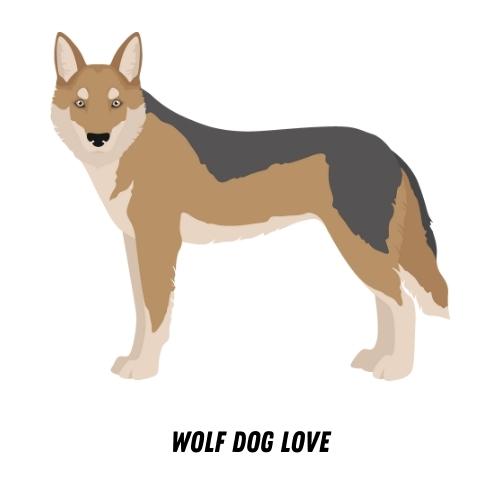Are you a proud owner of an exuberant and beautiful wolf dog? Having such an incredible animal in your life can be immensely rewarding; however, these majestic creatures also require extra care.
Training and monitoring a wolf-dog’s behavior is essential to ensure that they stay safe while they are off the leash. Read on to learn more about how to properly train and track your furry companion so he or she can enjoy their fullest potential!
How do I train my dog to track?
Training your dog to track is an incredibly rewarding experience for both you and your four-legged pal! You’ll want to start by familiarizing your pup with the process of tracking, from basic obedience up to full-on searches.
Doing so will help build their confidence and use problem-solving skills to demonstrate their newfound ability in tracking. Don’t forget that clear communication, consistency, and lots of patience are essential components of successful training.
When introducing something new into their practice routine be sure to keep it positive – plenty of reward and acknowledgment is key for keeping your pup motivated. With a combination of the correct basics and a little bit of excited enthusiasm, you’ll have your pup successfully following scents in no time!
How do tracking dogs pick up a scent?
Tracking dogs are incredible animals with a powerful sense of smell. They can pick up a scent by sniffing the air or ground and having that signal sent to their brain.
As they pick up the scent, their body begins to move in the direction of the trail, taking them closer to the source. Tracking dogs use this skill safely from afar, respecting social distancing guidelines during their search for their quarry!
Using a tracking dog for search and rescue missions makes sense as it lowers risks for people who may get lost in remote areas. It’s truly amazing how far these tremendous animals will go for us when it comes to finding what we need.
How do you train a dog to find a missing person?
Training a dog to find a missing person can be an incredibly valuable asset, both for families and police forces. This process involves teaching the scenting abilities of a K9 dog so that it can detect the unique spray of hormones and proteins emitted from a person’s skin cells to locate them.
Initially, ‘search’ dogs are trained by using positive reinforcement on the field to pick up the body odors of different people and then taught to follow their scent. Similarly, L2 dogs are taught to find small items such as articles of clothing that may have belonged to the missing person.
Through repetition and consistency with reinforcement training, these amazing animals can become stunningly successful search-and-rescue heroes.
How smart are wolf dogs?
Wolfdogs are incredibly intelligent animals with an impressive capacity for learning and problem-solving. They can learn a wide variety of commands and tasks due to their high intelligence level, which is why they make great family pets and service animals.
Their active minds also mean that it’s essential to keep them occupied and stimulated with lots of activities – physical and mental. They are incredibly curious animals and need plenty of opportunity to explore, investigate and play to stay happy and healthy. So make sure you have plenty of interactive toys on hand for your pup!
Do wolfdogs make good pets?
Wolfdogs make for an interesting conversation piece, but their unique look and large size come with some responsibility. If you’re considering a wolfdog for a pet, make sure you do your research first to understand how best to care for them.
They need lots of socialization and training to be well-behaved, so you’ll need patience and commitment if you decide to take one on as part of the family. Wolfdogs tend to be very loyal animals and can give years of joy and companionship if trained properly – just make sure it’s right for your lifestyle before taking the plunge!
Conclusion: Wolf Dog behavior and tracking training
All in all, introducing wolf dogs into the tracking and behavior training field is a great way to gain insight into how these beautiful animals think and react. Not only do they provide an interesting challenge, but their obedience and focus make it possible to teach them complex tasks.
Plus, they can provide companionship that many owners find comforting. Training wolf dogs is not something to take lightly though; research is necessary so owners are aware of what to expect when dealing with these semi-wild animals.
With the right preparation and a keen approach, any owner can be successful in using wolf dogs for tracking and behavior training – gaining valuable experience as well as forming a lifelong bond with their lovable companion.







